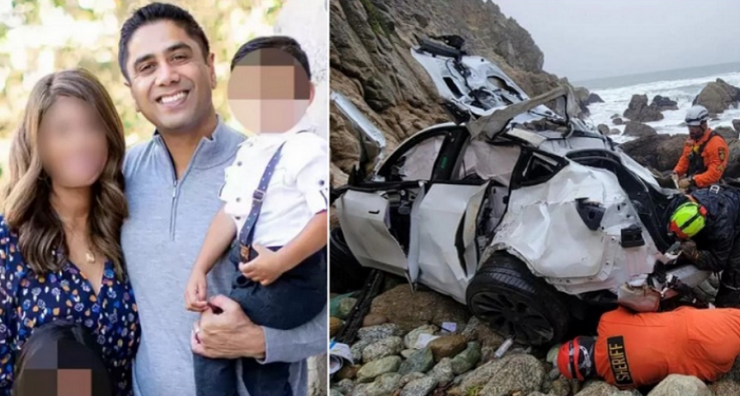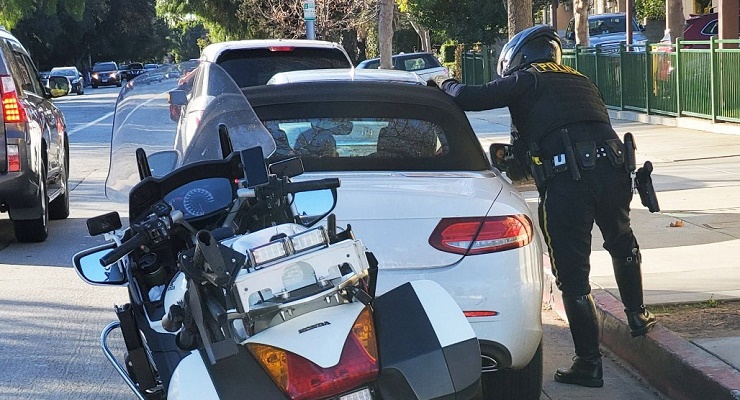
Union Station Homeless Services’ Adult Center on South Raymond quietly implemented a key policy change in July to serve meals only to the homeless willing to engage in its programs to end chronical and veteran homelessness. Center officials say that change has reduced the amount of people milling around Central Park, an issue that has long caused contention for the nearby business owners, and the Center’s atmosphere.
While the Center in the past was open all days of the week for anyone who wanted to get a free hot meal and take a shower, the new policy allows only active clients, those who take advantage of any service offered by Union Station, to access the center’s 412 South Raymond Avenue location from 7 a.m. to 2 p.m. Monday through Friday. Weekends facility use is reserved for the up to 60 residents only.
“We want to make sure that people coming to Union Station are there because they do want to take advantage of what we offer,” CEO of Union Station Rabbi Marvin Gross said. “So that we could make certain that we would give them the best service possible.”
Before the July 1 change, the Adult Center was impacted by individuals who were recently released from prison some of whom were not homeless that were “causing trouble” and only at the Center to get a free meal rather than take part in services. Donald Oliver used to frequent the center for meals and said there were people who would intimidate the other clients and deal drugs.
“At Union Station you had people coming down there to prey on the mental health. You’re coming some place to get help and you’re going down the tubes then there’s people there selling them drugs,” Oliver said.
Gross said that since July, the center courtyard has changed to a “positive atmosphere.”
“I remember when Union Station closed their doors [to non-clients],” Oliver said. “But that makes a lot of people step up to the plate and say I’m going into housing.”
Many who were previously not interested in services before the implementation of the new policy have now enrolled in new services in order to have access to meals according to Gross.
“So in a way it’s kind of a motivating factor at least for a few people,” Gross said. “We always wanted to promote our services and the goal of wanting people that do come to us eventually rebuild their lives, get off the streets and have, a more dignified kind of life.”
Although no one can understand the exact dynamics and how many might have gone into housing, the various stakeholders agree that about 50 less people are on Pasadena’s streets near Central Park since Union Station changed its policy to only serve clients.
“The number of homeless at Central Park seems to have gone down. And it seems positive,” Pasadena’s Housing Director Bill Huang said.
The person who answered the phone at the Adult Center said, “a lot of people left and went downtown.”
“There are a lot of faces I don’t see anymore. Yeah they left, but were they from Pasadena?” Oliver said who has lived in Pasadena since 1967. He choose not to enroll as an active member because he does not like sleeping next to the people with mental health issues who have caused him problems in the past.
“Some doors shut because Pasadena offers more homeless resources than most cities. Some cities are not carrying their weight. People hear about Pasadena and they come here and when they come here it becomes a burden on Pasadena because Pasadena is carrying its weight,” Oliver said.
Many people end up in Pasadena, Oliver said, because it is an understanding city with parks that provide a place of rest rather than being moved along. He said that too many people come to Pasadena to tap into the resources, some even dropping off mentally ill people on Pasadena’s streets, making an overburden.
As Oliver was talking a man came up to ask where he could shower saying, “Where can I get a shower man? On the weekend I can’t get in over here.” Oliver gave him a three day gym membership and said sometimes some of the gyms will let him shower if it’s early enough.
Nancy Carpenter makes burritos every other Saturday and drives up and down the streets of Pasadena to make deliveries. She has noticed a significant decrease in the number of people she feeds since the policy change, from making 150 burritos to now only 50 or less.
“That was their safe house, that homeless shelter, where they would take a shower. I think they got rid of some riffraff too. I would see some people that I would give a burrito to and I knew they weren’t homeless. You could tell. But they should have had some security rather than just closing the shelter. Those 50 or more that are not there, I don’t think all of them were the ones causing problems,” Carpenter said. “Are they getting help or where did they go?”
Lt. Tracey Ibarra did not pull statistical reports, but off the cuff her belief was that enforcement had not seen any decline in arrests or transient persons.
“We have transitory people who reside in the city and also those who come in on the Gold Line. So do they not come to the city anymore, do they not go to Union Station but they are somewhere else in the city? Unless you have a tracking device there’s no way to know,” Ibarra said. “In general we are pretty well consistent in issues with transitory persons. We are not seeing a decrease or an increase.”
The homeless count in January revealed Pasadena had 632 homeless individuals about 440 are those who are living on the streets, with the rest in shelter beds. In 2011 Pasadena had over 1200 homeless on the streets.
“I know that right now in the city of Pasadena itself we are enjoying the lowest number of homeless people really on record since that first count took place in 1992. However, at the same time, those folks who are still homeless and on the streets seem to have more severe problems then maybe people in the past. They’re also visible and may need a lot of assistance,” Gross said.
Although fewer in number, the homeless who remain are more visible due to greater needs. By the numbers 40 percent are chronically homeless, 26 percent have substance disorders, 25 percent have mental illness, and 15 percent were recently in jail.
“We really need to prioritize those folks that will engage in services. If you look at the last four years of homeless count numbers in Los Angeles County and in Pasadena, in L.A. County over the last four years, the homeless count population number has gone up by about 30% whereas in Pasadena it has gone down by 48%. So we’re tracking significantly better than the rest of the county,” Huang said.
In the last four years 63 of the most chronically homeless have been housed who would otherwise usually be classified as service resistant.
“We can make headway with the most chronic and we had made a lot of headway but it does take time to build up that trusting relationship because they’ve been out on the streets for so long that they don’t think any services work for them,” Huang said.
At the same time Union Station is working hard to get the most vulnerable into housing right away. Since they began a new program called Homeless Family Solution System in July of 2014 they have housed 175 individuals in the San Gabriel Valley including 35 veterans and 40 families.
Through the new program, Union Station surveyed 1500 individuals in the San Gabriel Valley cities.
“To have 632 homeless people in 23 square miles is way too many homeless people. So we still feel we’ve got a tremendous amount of work left to do,” Huang said.













 0 comments
0 comments


